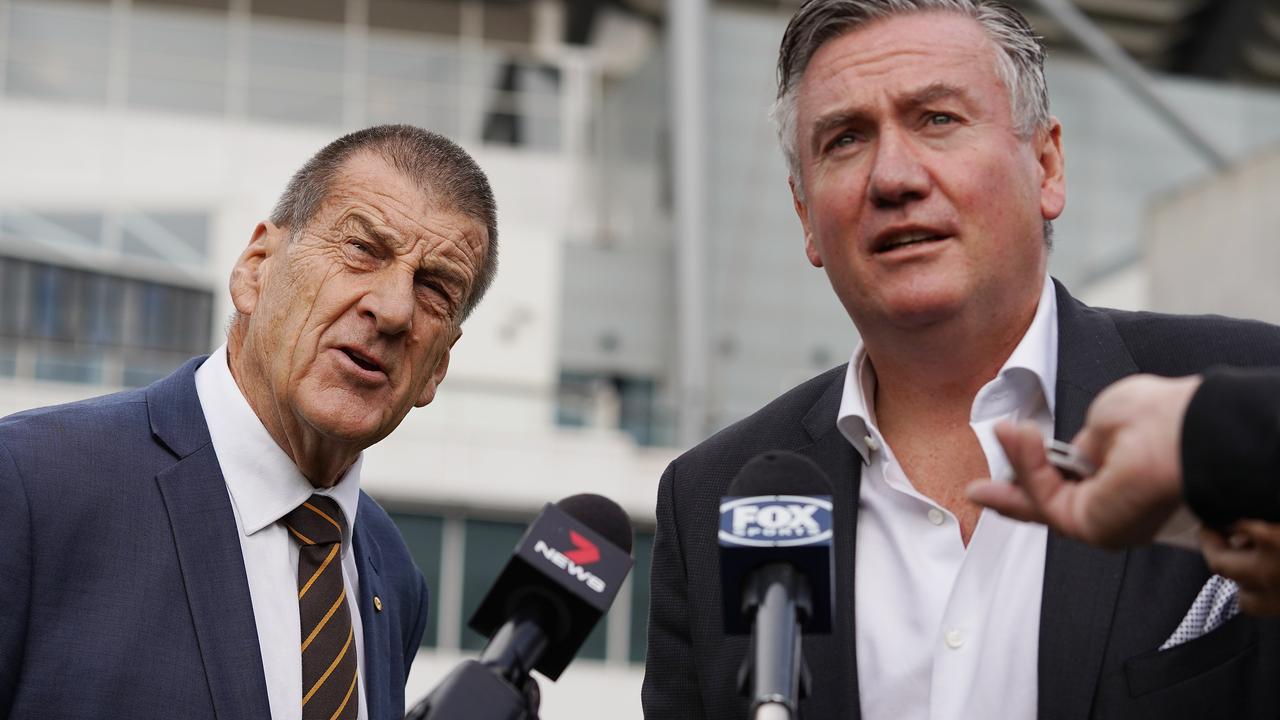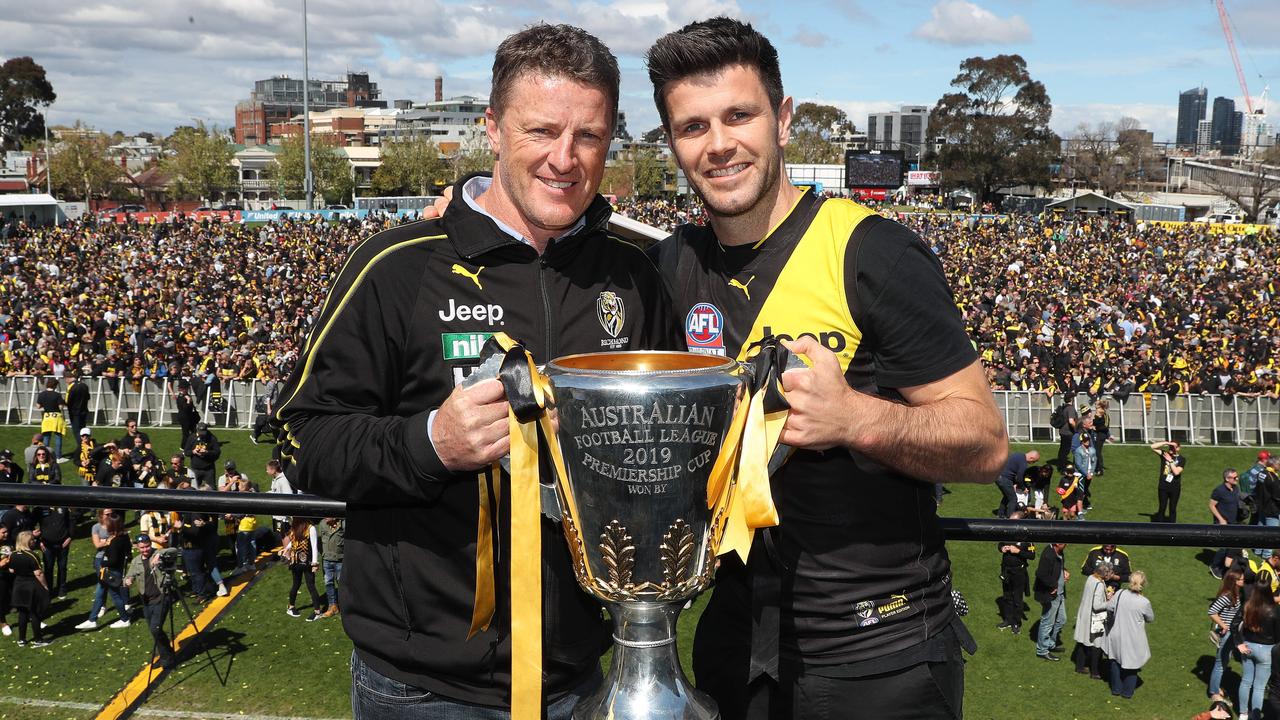Weekend of low AFL crowds and angry soccer fans proves the power of television on Australian sport
POOR AFL crowds at big events and frustrated Australian soccer fans deliver some timely advice on the power of television in sport
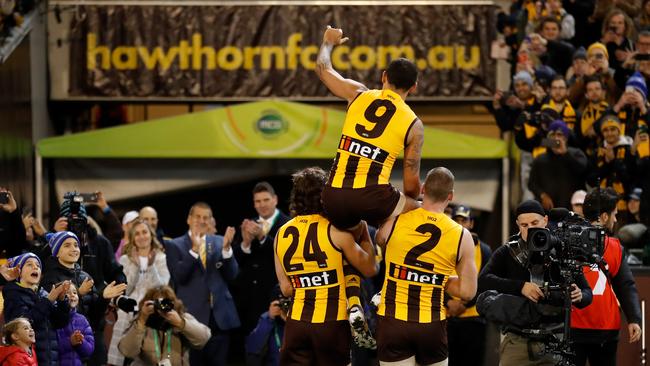
Michelangelo Rucci
Don't miss out on the headlines from Michelangelo Rucci. Followed categories will be added to My News.
- Can we get the hang of Thursday night footy?
- Comment: Thursday night success hinges on quality match-up
- Mexican commentator goes nuts over goal
- Can PM fix ‘Floptus’ World Cup disgrace?
ARE we becoming the land of couch potatoes again?
And what lessons are Australian sporting leaders — who have become junkies to the money from television rights — taking from the World Cup fiasco on Optus?
It was the weekend that emphasised the power of live sporting telecasts — if you can see them.
Thursday Night Football — seen at Adelaide Oval last week with the Port Adelaide-Western Bulldogs AFL game — is clearly designed to deliver a television audience for AFL free-to-air television partner Channel 7.
The 26,137 at the game marks the lowest AFL crowd at Adelaide Oval — before and after the redevelopment. But how does this figure become assessed against the critical clash between two clubs with massive membership bases, Hawthorn and Adelaide at the MCG on Saturday night? The 26,693 — well short of the MCC prediction of 35,000 — is a poor turnout on a night when the Hawks faithful were to have saluted premiership hero Shaun Burgoyne on his 350th AFL game.
Keeping the impressive attendance rate at Adelaide Oval was clearly derailed on Thursday night by weather forecasts of heavy rain and strong winds; retail shopping in suburbia; country fans being put out of the equation for a trip to the city; and the inevitable concern with needing to get to work or the children to school on Friday morning.
Filling the G with the applause Burgoyne deserves as a football great — not just a Hawthorn hero — was not achieved (sadly) as the sporting options on television were extraordinary. AFL, the Socceroos in their World Cup opener against France from Russia, the Wallabies playing Ireland and the US Open golf from Long Island, New York.
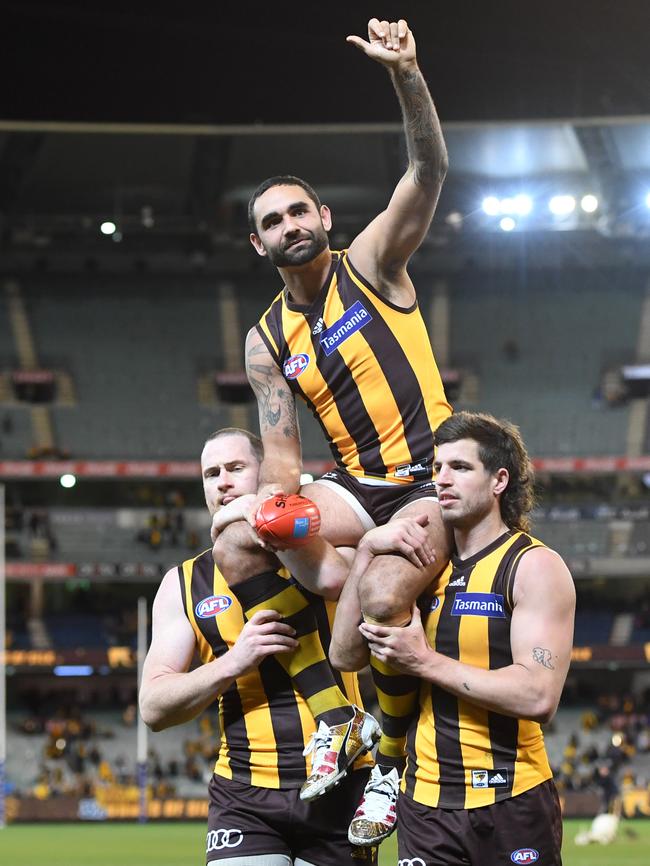
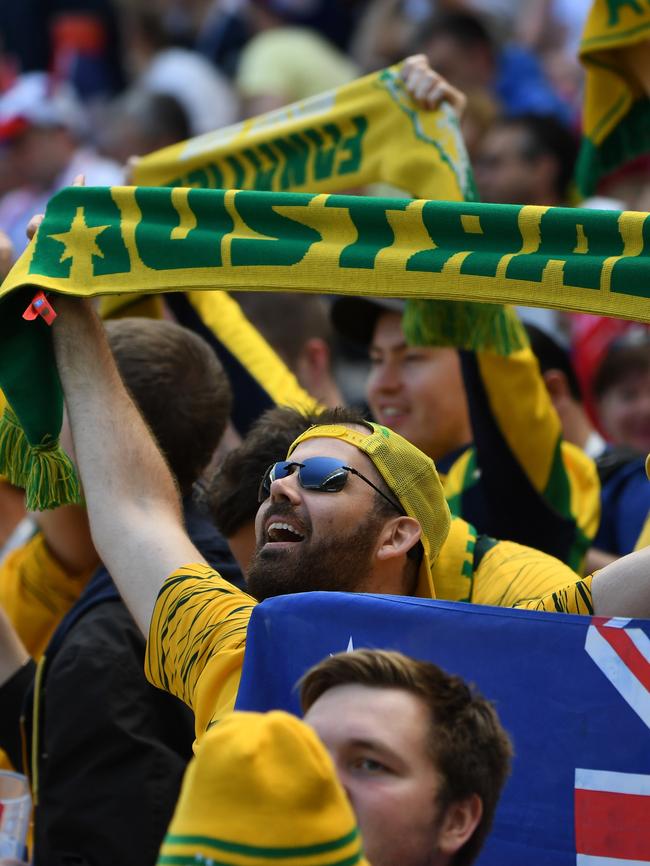
Clearly, the remote control spun more often than the turnstile gates at the MCG.
Television is a powerful medium for sport — not just in lifting the profile of a game, but also in delivering significant financial reserves. The AFL’s recent television deal — with a record $2.508 billion across six years from Seven and Foxtel — is the major contributor to the bank accounts at AFL House.
But when does taking to most money on the table actually work against the sport’s greater interests?
Free-to-air SBS won the rights to the World Cup in Russia. To cover the bills — and to deal with the budget cuts from Canberra in 2014 — the government-funded broadcaster kept 25 games and on-sold 41 for exclusive viewing on Optus, the telecom that also took over the English Premier League rights.
How FIFA — and Football Federation Australia — ignored the intangible power of full exposure of the World Cup in every Australian lounge room to count the rights money and rely on “new technology” with Optus emphasises how money talks.
It should serve as a vital lesson for every sporting organisation that has become addicted to television money.
And when Saturday night proved Australians are again stuck to the couch, it is well worth considering where Australian sports fans want to watch their sport.
michelangelo.rucci@news.com.au

